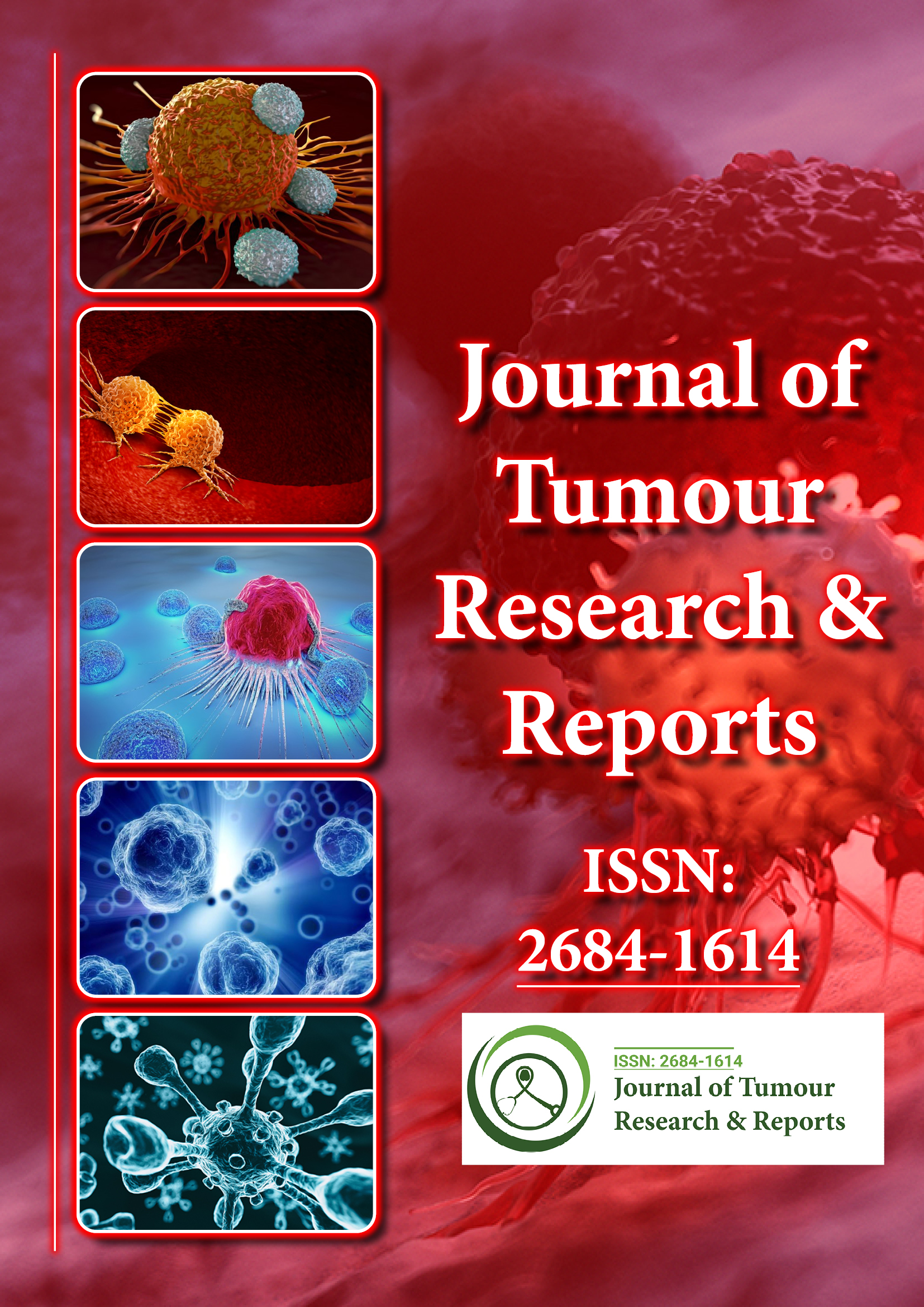में अनुक्रमित
- RefSeek
- हमदर्द विश्वविद्यालय
- ईबीएससीओ एज़
- गूगल ज्ञानी
उपयोगी कड़ियां
इस पृष्ठ को साझा करें
जर्नल फ़्लायर

एक्सेस जर्नल खोलें
- अभियांत्रिकी
- आनुवंशिकी एवं आण्विक जीवविज्ञान
- इम्यूनोलॉजी और माइक्रोबायोलॉजी
- औषधि विज्ञान
- कृषि और जलकृषि
- चिकित्सीय विज्ञान
- जीव रसायन
- जैव सूचना विज्ञान और सिस्टम जीवविज्ञान
- तंत्रिका विज्ञान और मनोविज्ञान
- नर्सिंग एवं स्वास्थ्य देखभाल
- नैदानिक विज्ञान
- पदार्थ विज्ञान
- पर्यावरण विज्ञान
- पशु चिकित्सा विज्ञान
- भोजन एवं पोषण
- रसायन विज्ञान
- व्यवसाय प्रबंधन
- सामान्य विज्ञान
अमूर्त
A GFP Positive Glioblastoma Cell Line NS1 A New Tool for Experimental Studies
Henrietta Nittby, Karolina Förnvik, Jonatan Ahlstedt, Crister Ceberg, Peter Ericsson, Bertil R Persson, Gunnar Skagerberg, Bengt Widegren, Zhongtian Xue and Leif G Salford
One of the key problems when treating patients with malignant gliomas is that despite being able to remove the major bulk of the tumour, tumour cells may have already spread to distant sites of the brain. The aim of the present study is to develop a GFP positive tumour cell line (named NS1) where these cells could be identified for future treatment studies in fully immunocompetent animals. Five homozygous GFP positive Fischer 344 rats were treated with ENU during pregnancy. Of the offspring, 19 rats developed CNS tumours. Of these, we chose those with tumours growing intracerebrally for further culturing. The tumour cells were transplanted to new recipients. Out of these, we have defined a cell line (NS1), which originated in pons, and reliably generates tumours when transplanted s.c. and i.c. Our new GFP positive cell line was transplanted into GFP negative Fischer 344 rats. The tumours were positive for GFP. With htx-eosin staining, cell rich tumours could be identified both i.c. and s.c. Interestingly, GFAP expression was clear upon i.c. transplantation, but not in the s.c. tumours. The tumour cells had a strong RNA expression for wt IDH1, wt p53, IDO1 and EGFR and to a somewhat smaller extent also to PDL1. Upon irradiation with 8 Gy, IDO1 expression was decreased. With a new GFP positive tumour cell line we have a new tool for investigations of the migrating tumour cells in experimental model. With this, our hope is that treatment protocols will more easily evaluate not only the effect of survival (which is often a limited number of days in animal models) but also whether satellite cells are targeted or not. Of special interest is that the tumour cells can be used in fully immunocompetent animals, meaning that the setting is more similar to a clinical picture.